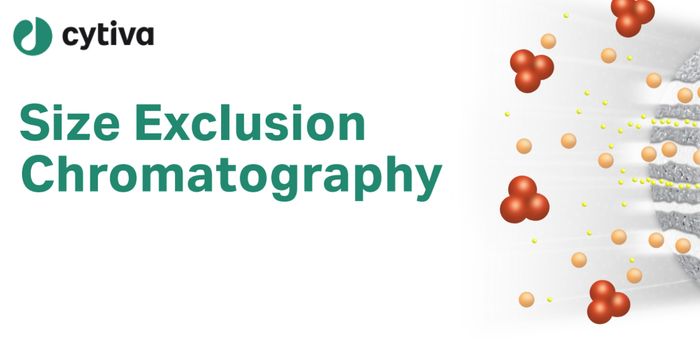Understanding Why Some Birth Defects are More Common in Girls
The p53 gene stops tumors from forming. Now researchers have found that the tumor-suppressing gene also has a critical role in the formation of the neural tube in female embryos. The neural tube is essential for embryonic development; the brain and spinal cord are formed from it. When the neural tube fails to close, birth defects like spina bifida can occur. Female infants are far more likely to be born with spina bifida than males, and this work, which has been published in Cell Reports, can explain why.
The p53 gene plays a vital role in a process called X chromosome inactivation. Human gender is determined by the sex chromosomes. The X chromosome contains genes necessary for development, while the Y chromosome only carries genes for male development. Females have two X chromosomes, and men have an X chromosome and a Y chromosome. With two X chromosomes, women have two copies of some of the genes that are necessary for human development, and extra copies of genes can cause errors. Therefore, the extra X chromosome has to be inactivated so it won’t cause interference. Every cell turns off one of the X chromosomes it carries in the genome at random, to ensure normal growth.
"Females have two copies of the X sex chromosome, while males only have one copy. In order to maintain health in females, one of these X chromosomes must be inactivated in cells early on during development. If this inactivation does not occur efficiently, the neural tube will not form properly. Previous research indicated that p53 played a role in normal neural tube development, but it had never been shown exactly how this worked until now," said Associate Professor Anne Voss of the Walter and Eliza Hall Institute of Medical Research (WEHI).
This study, said Voss, has confirmed what scientists have long thought; there is an additional factor influencing the risk of neural tube defects in females. A failure in the X-inactivation process can help explain this extra risk.
The long non-coding RNA called Xist helps carry out X-inactivation. Mice that lack Xist don’t survive through embryonic development and die before birth with an open neural tube. In this study, the researchers used a mouse model to show that when the p53 gene was lost, Xist levels are lower than they should be, and female mice display a range of neural tube defects at birth. The work, said the researchers, can help show how p53 influences genes that are required for normal development.
"Healthy development is a very precise and precariously balanced process. p53 helps with this balancing act in the female embryo by producing normal levels of Xist RNA, part of an intricate molecular process important for X chromosome inactivation. This, in turn, leads to healthy neural tube development. Simply put, healthy neural tube development in the female embryo requires the help of p53," said Professor Andreas Strasser of WEHI.
Sources: AAAS/Eurekalert! via Walter and Eliza Hall Institute, Cell Reports








